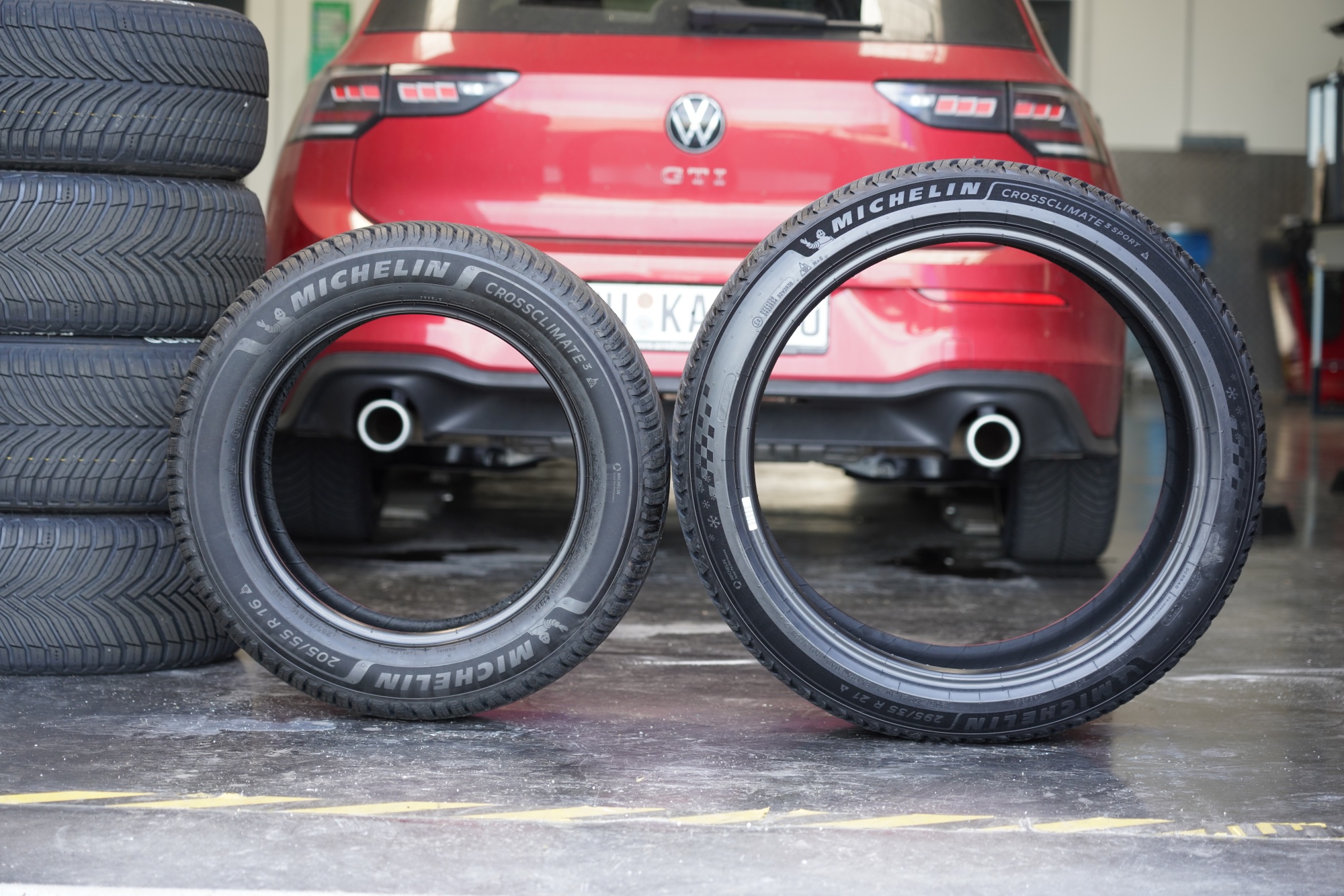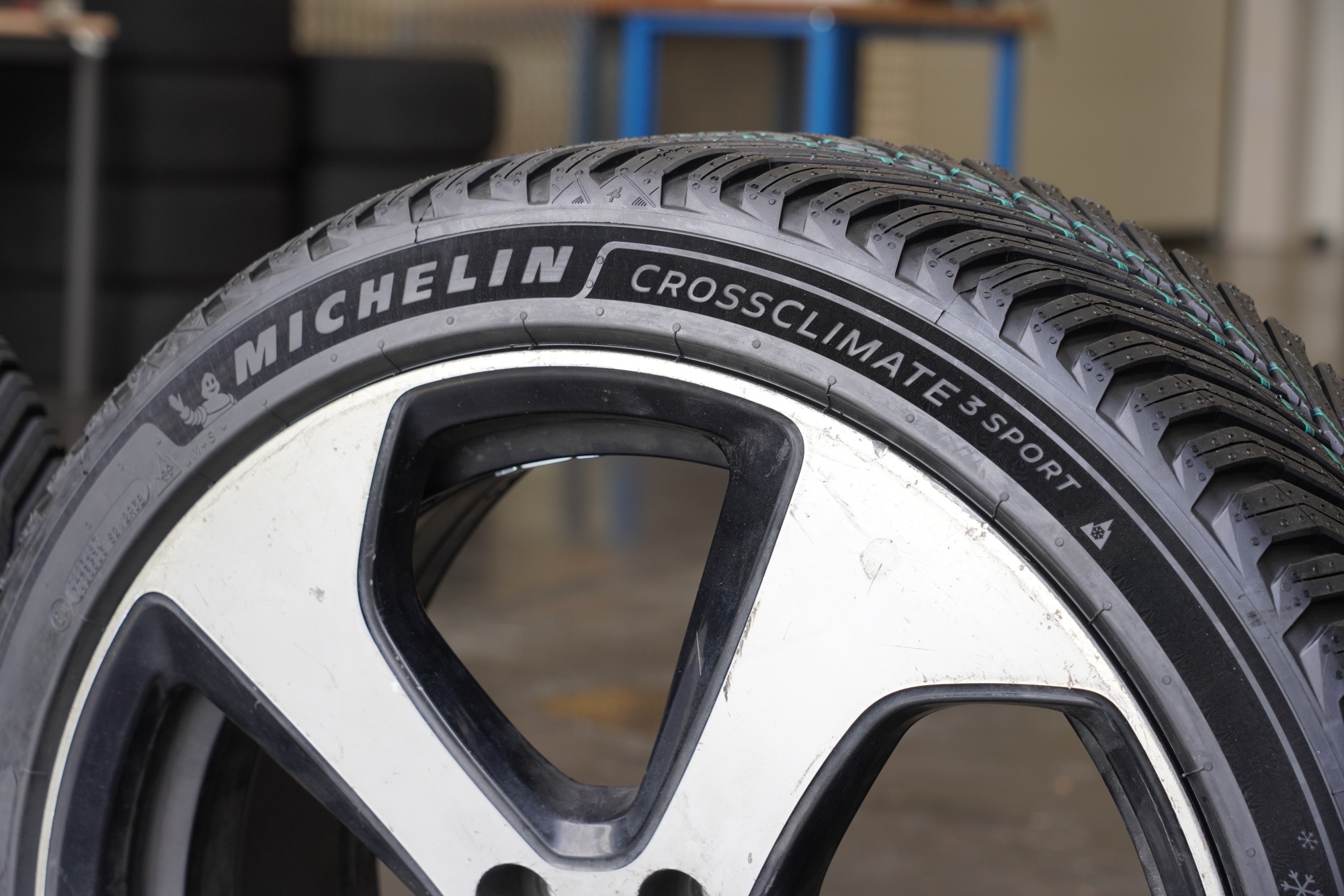Michelin has just unveiled not one but two exciting new additions to their all-season tire lineup: the CrossClimate 3 and the all-new CrossClimate 3 Sport. While the CrossClimate 3 represents an evolution of the much loved CrossClimate 2, the CrossClimate 3 Sport is a completely new offering aimed at drivers of sportier vehicles who still want all-season versatility.
Having spent a week testing both new tires alongside the CrossClimate 2, I can explain how these new models perform, and what improvements Michelin has made to their already impressive all-season range.
Michelin CrossClimate 3: Evolutionary Improvement
The CrossClimate 3 was developed as an evolution rather than a revolution of the CrossClimate 2. Michelin's primary goals for this new version were to improve two specific areas where the CrossClimate 2 had lost performance compared to its rivals:
- Improved Wear Performance: Enhancing longevity to lead the segment
- Enhanced Wet Grip: Better wet handling and braking performance
These improvements needed to be achieved without compromising the CrossClimate 2's existing strengths, particularly its class-leading snow performance and excellent rolling resistance.
Performance Improvements
The below graphs show the improvements made when comparing the CrossClimate 3 to the CrossClimate 2 in 205/55 R16 using a VW Golf.
Dry
Subjective dry handling: Noticeably improved steering response and predictability
Wet
Snow
Despite improving wet performance, Michelin actually enhanced snow capability as well, according to TÜV testing:
This is particularly impressive considering the CrossClimate 2 was already the benchmark for snow performance in the all-season category, with capabilities that match or exceed many dedicated winter tires.
Comfort and Refinement
The subjective improvements in comfort and noise were among the most noticeable changes. The CrossClimate 3 features:
- Lower pitch of road noise (less intrusive)
- Improved impact absorption
- More mature, predictable steering feel
- Smoother response over rough surfaces
Rolling Resistance
The CrossClimate 3 maintains very low rolling resistance: 7.2 kg/t compared to 7.1 kg/t for the CrossClimate 2. This is lightly due to the higher starting tread depth of the CrossClimate 3.
In wear testing by Dekra, the CrossClimate 3 managed to regain segment leadership, albeit by a small margin over its strongest competitors.
Michelin CrossClimate 3 Sport: The New Contender

The CrossClimate 3 Sport represents Michelin's response to a specific consumer need: drivers of sportier vehicles who want the convenience of all-season tires without sacrificing the dynamic handling characteristics they expect.
According to Laurent Pascal, the project manager for the new CrossClimate tires, the key goal was to "provide sport performance in the summer while having also some snow capabilities."
Technology and Design
- Hybrid Belt with Aramid and Nylon: This technology, borrowed from Michelin's motorsport heritage and Pilot Sport 5 tire, ensures optimal transmission of steering inputs to the road for precision handling.
- New Generation Tread Compound: Specifically engineered to deliver excellent wet grip while maintaining EU label efficiency certification.
Performance Comparison
The full test including the CrossClimate 3 and CrossClimate 3 Sport will be published at the start of July, but here are some of the data points.
- Dry braking: Small improvement over CrossClimate 3
- Handling lap time: 2.2% faster than CrossClimate 3
- Subjective feel: Much more direct, responsive steering with sportier characteristics
- Wet handling: 4.6% better lap time than CrossClimate 3
- Wet braking: Impressive 10% improvement over CrossClimate 3
- Aquaplaning: Slight reduction in resistance compared to CrossClimate 3, but still competitive
- Snow braking: Only 0.4% behind CrossClimate 3
- Snow traction: Just 0.2% lower than CrossClimate 3
- Snow handling: 1.3% difference
- Snow circle: 4.2% behind (the largest difference, but still excellent overall)
This means the CrossClimate 3 Sport will also be one of the best all-season tires for snow performance, outperforming many existing all-season options.
Wear Performance
The wear target for the CrossClimate 3 Sport was different than the standard CrossClimate 3. Rather than targeting segment leadership, Michelin aimed to match the combined wear performance of using a summer Pilot Sport 5 and winter Pilot Alpin 5 when using two sets of the CrossClimate 3 Sport.
Looks
Both new tires feature attractive sidewall designs:
- CrossClimate 3 Sport: Premium touch velvet ring with a distinctive checkered flag and snowflake design on all sizes
- CrossClimate 3: Thinner velvet ring on 18" and larger sizes, with smaller sizes getting a more basic sidewall design

Size Range and Availability
CrossClimate 3: 130 sizes from 16" to 22" by the end of 2026
CrossClimate 3 Sport: 60 sizes from 18" to 23"
There are only four overlapping sizes between the two tire lines, so most consumers won't face a difficult choice between models.
The SUV-specific variant of the CrossClimate 2 has been discontinued, with the CrossClimate 3 designed to accommodate both passenger cars and SUVs/CUVs.
I will update the site once I have a full list of sizes.
Conclusion
Michelin has successfully improved on the CrossClimate 2, turning it into an even more capable CrossClimate 3, addressing its few weaknesses while maintaining or improving its many strengths. The introduction of the CrossClimate 3 Sport adds an interesting option for drivers who want both sporty handling and all-season versatility.
The CrossClimate 3 represents a complete upgrade over its predecessor in every performance category, while the CrossClimate 3 Sport delivers impressive dry and wet performance without significant compromises in snow capability - a remarkable engineering achievement that further expands Michelin's strong position in the all-season tire market.







